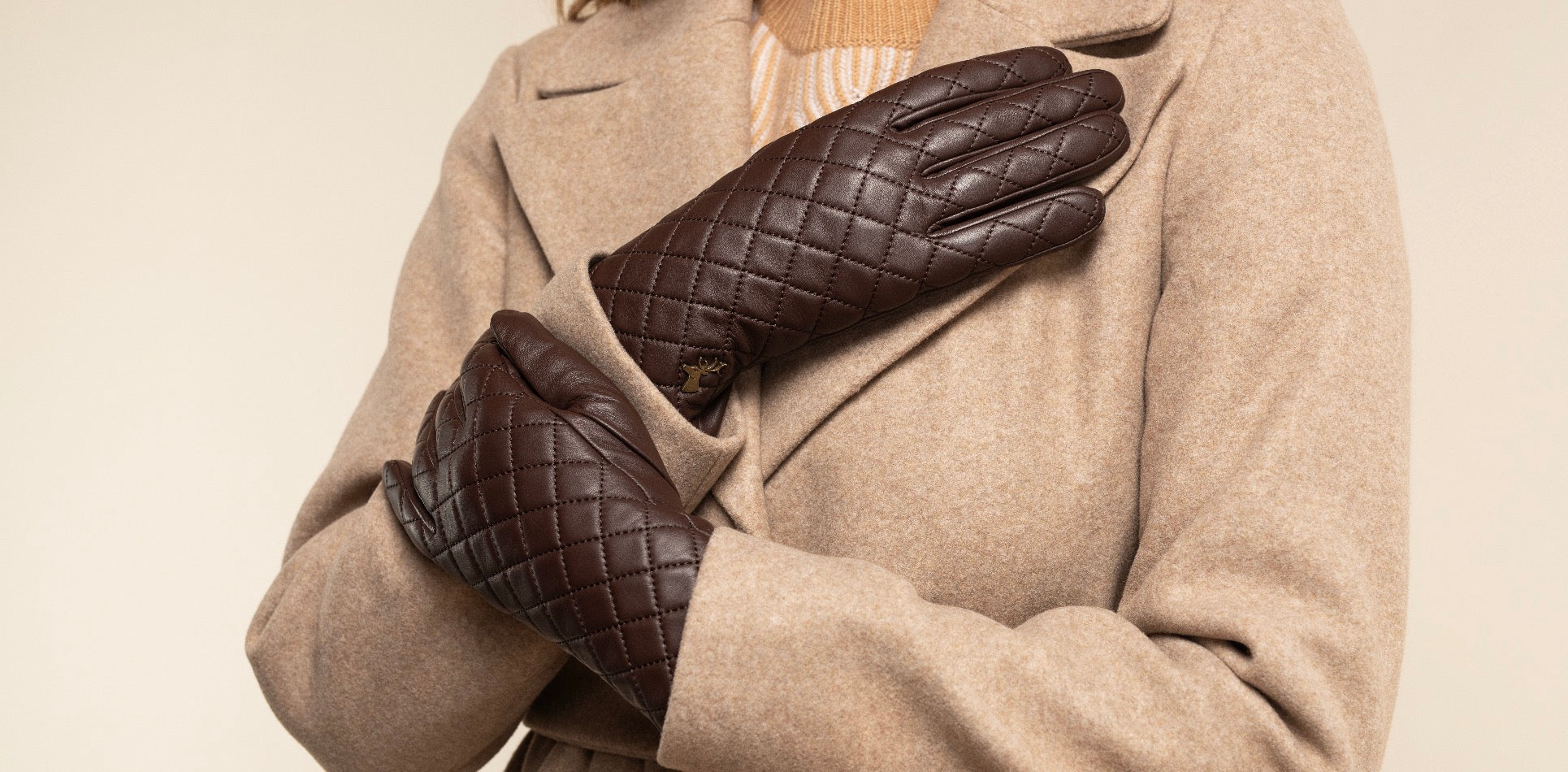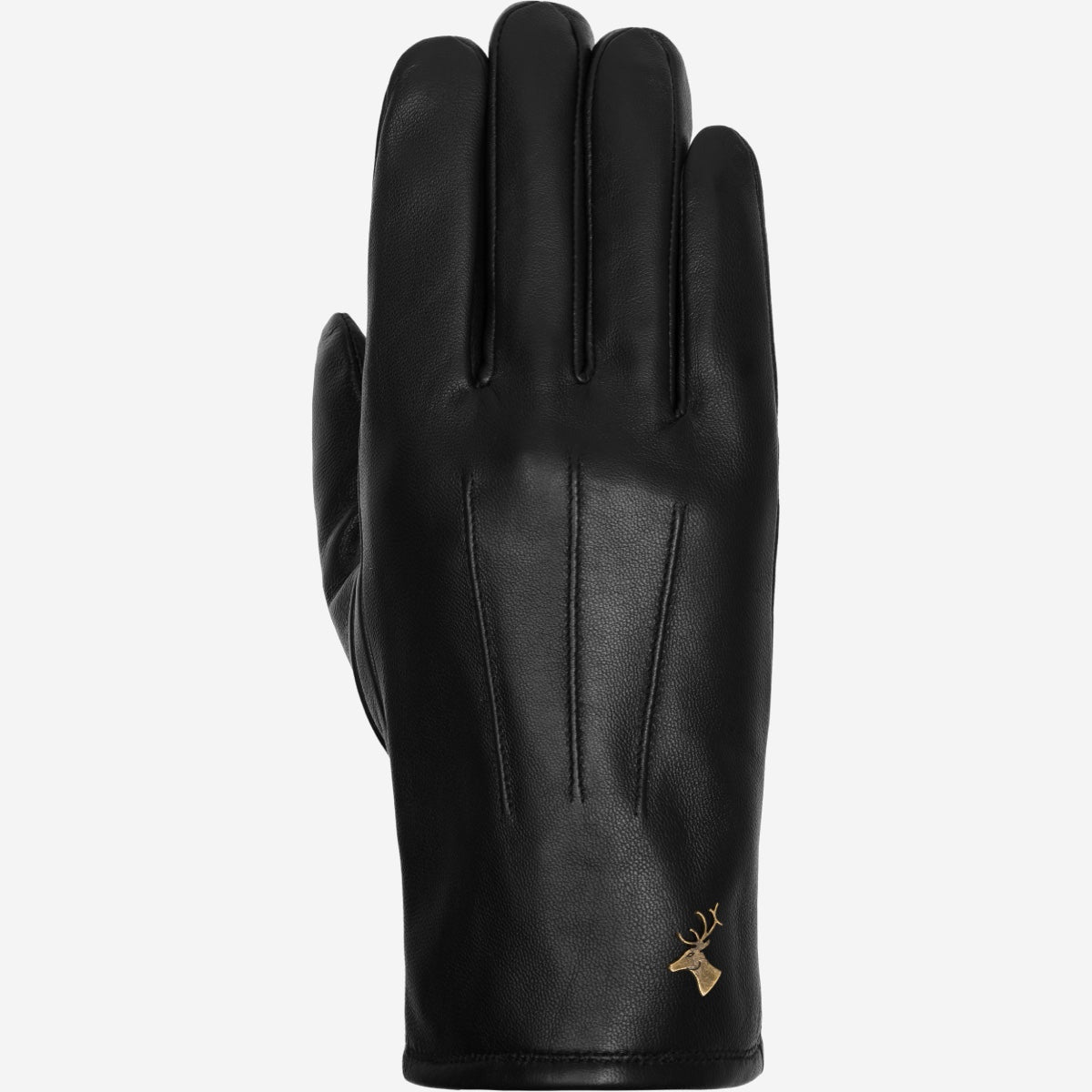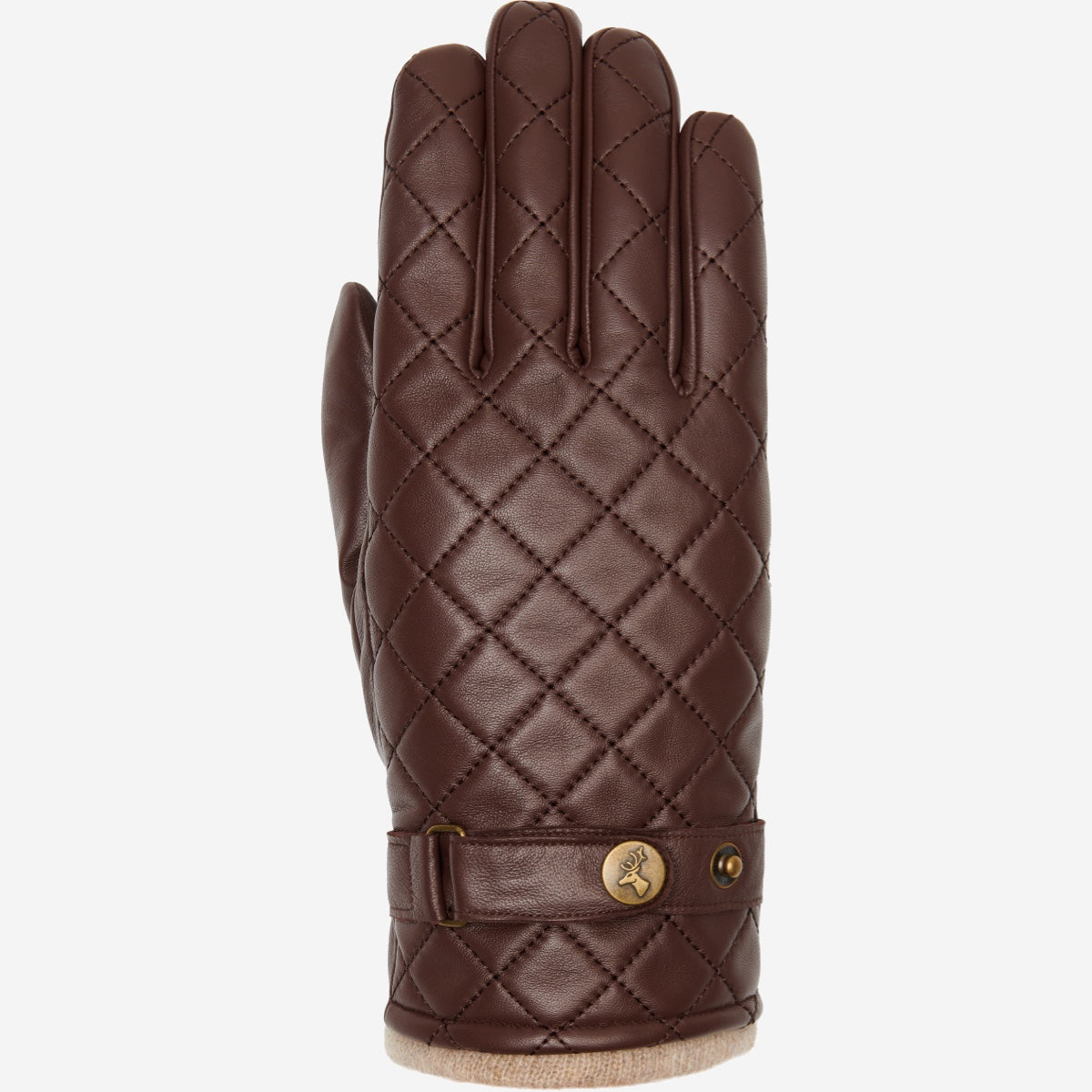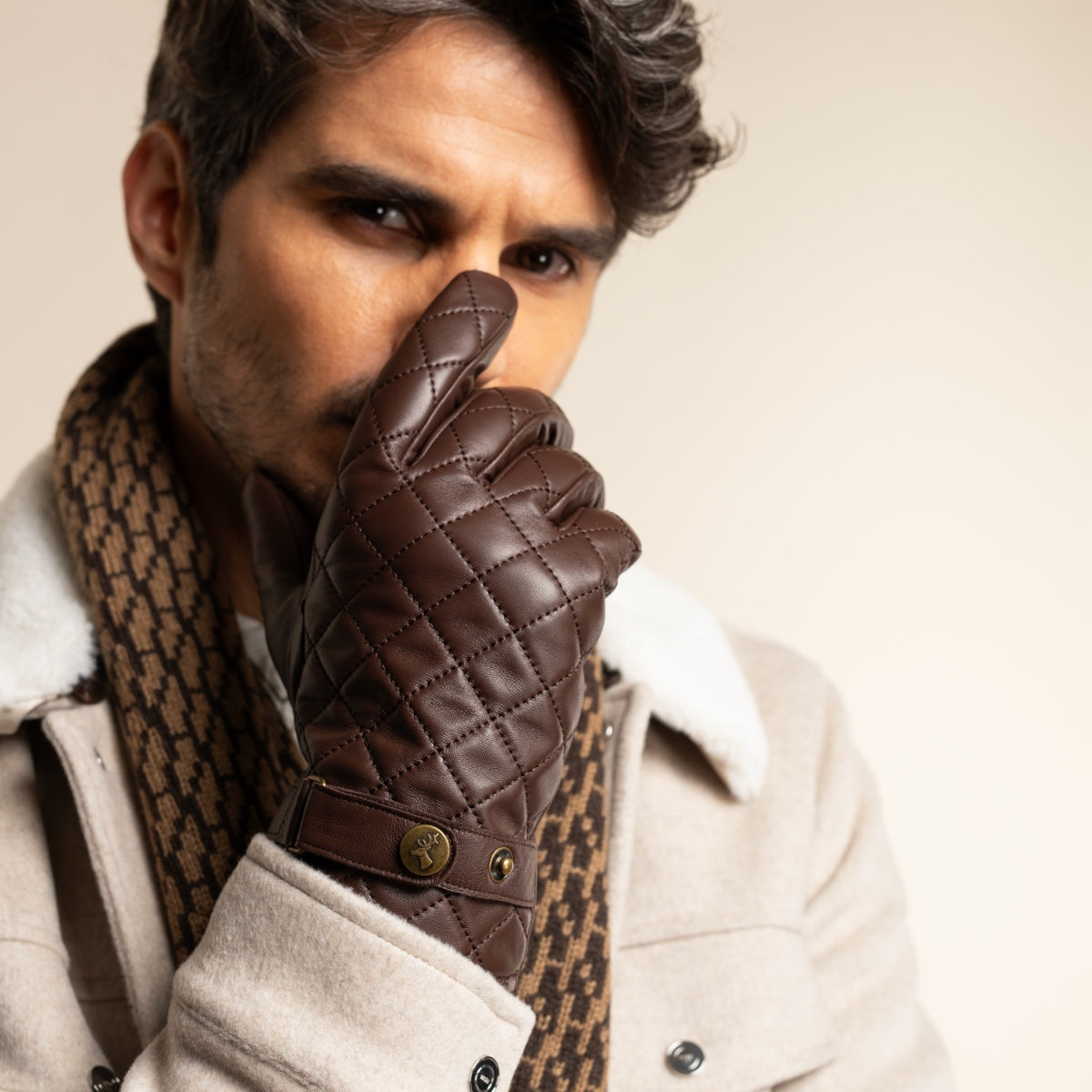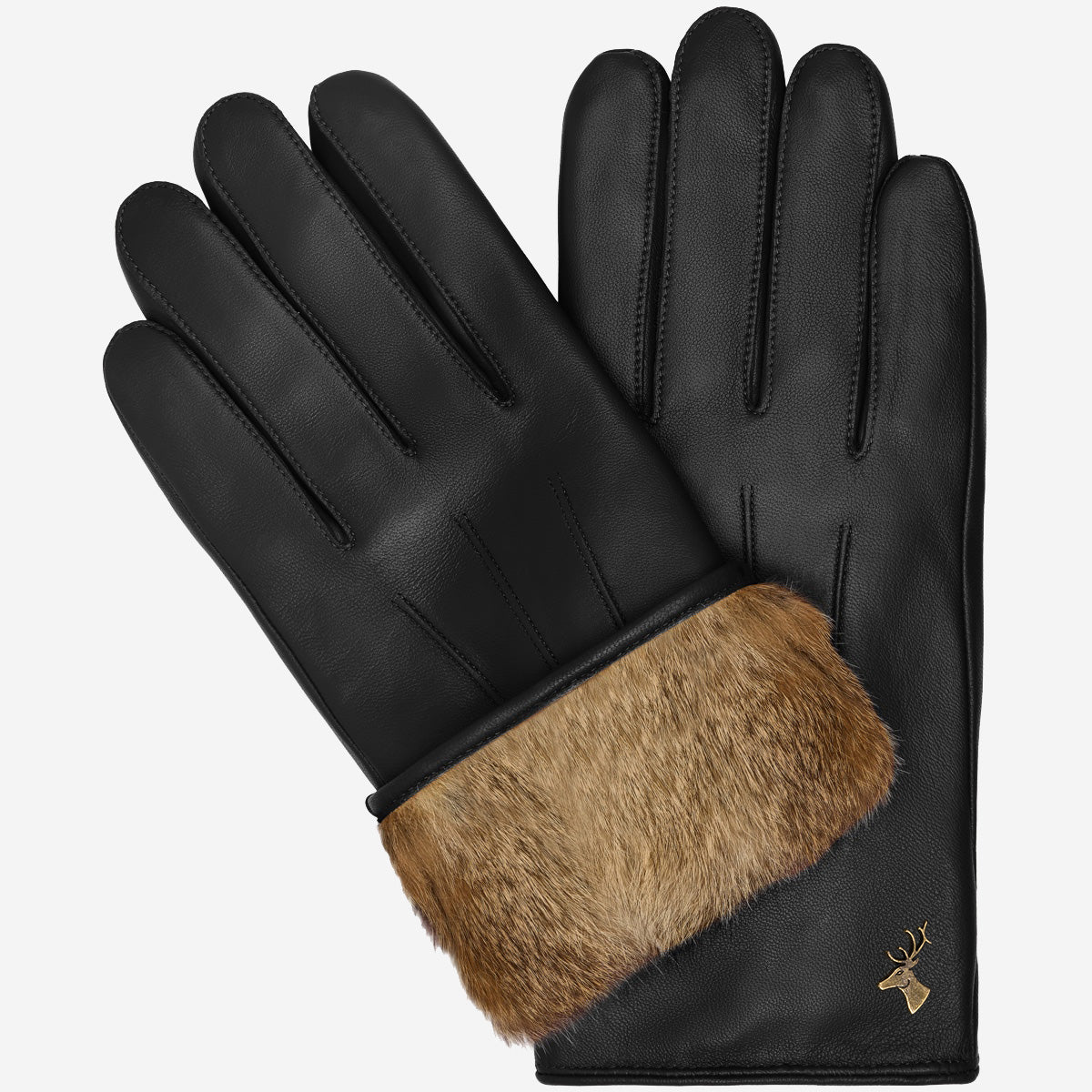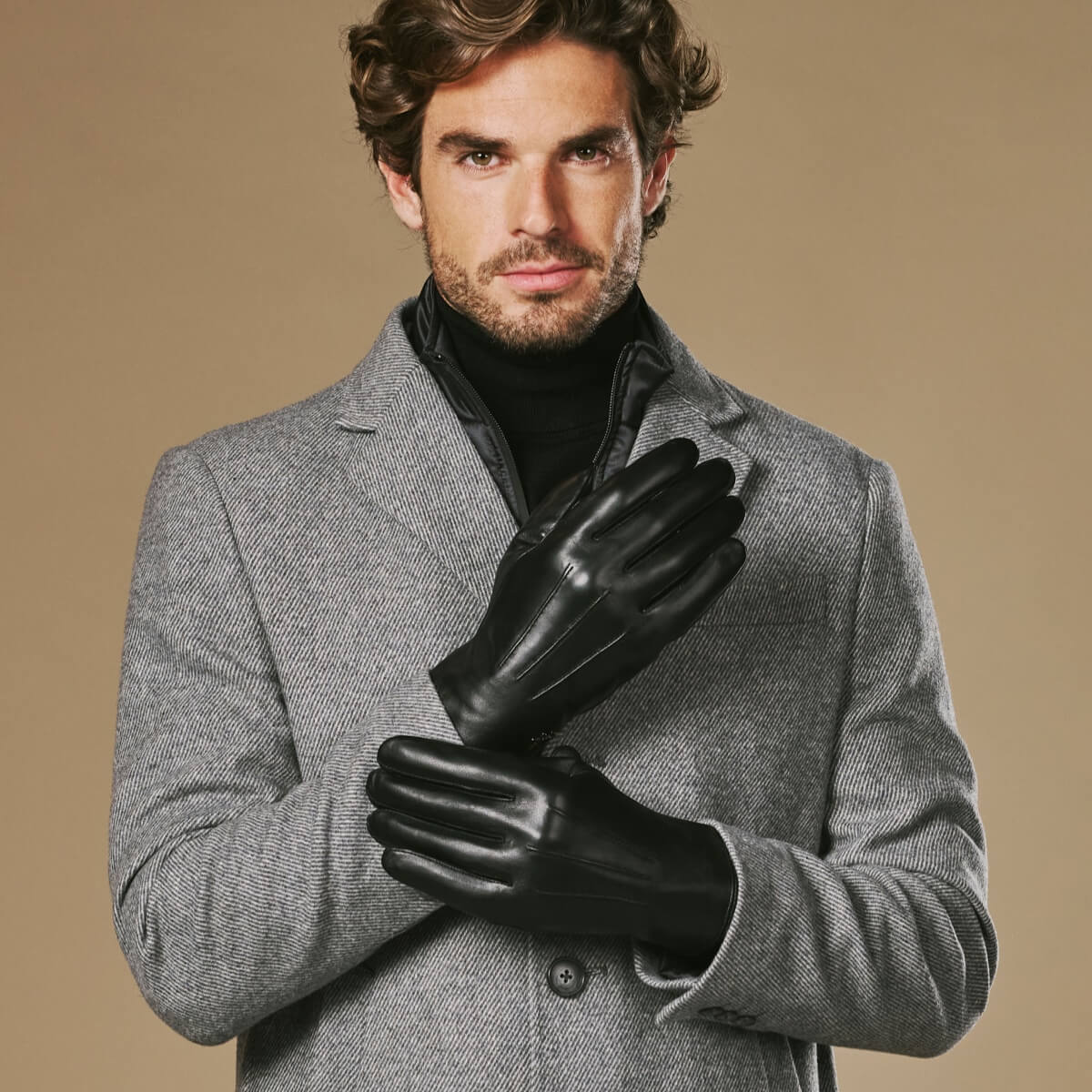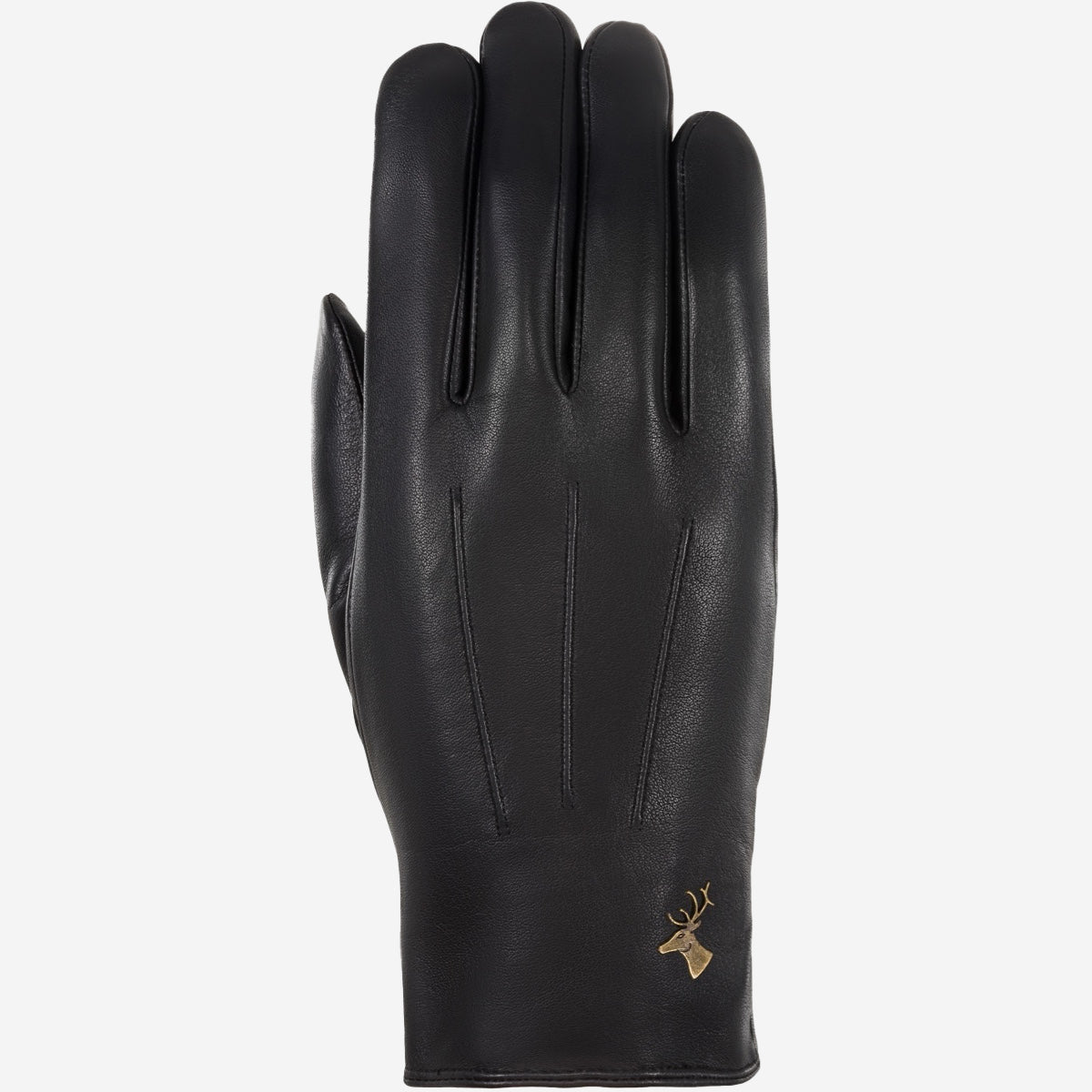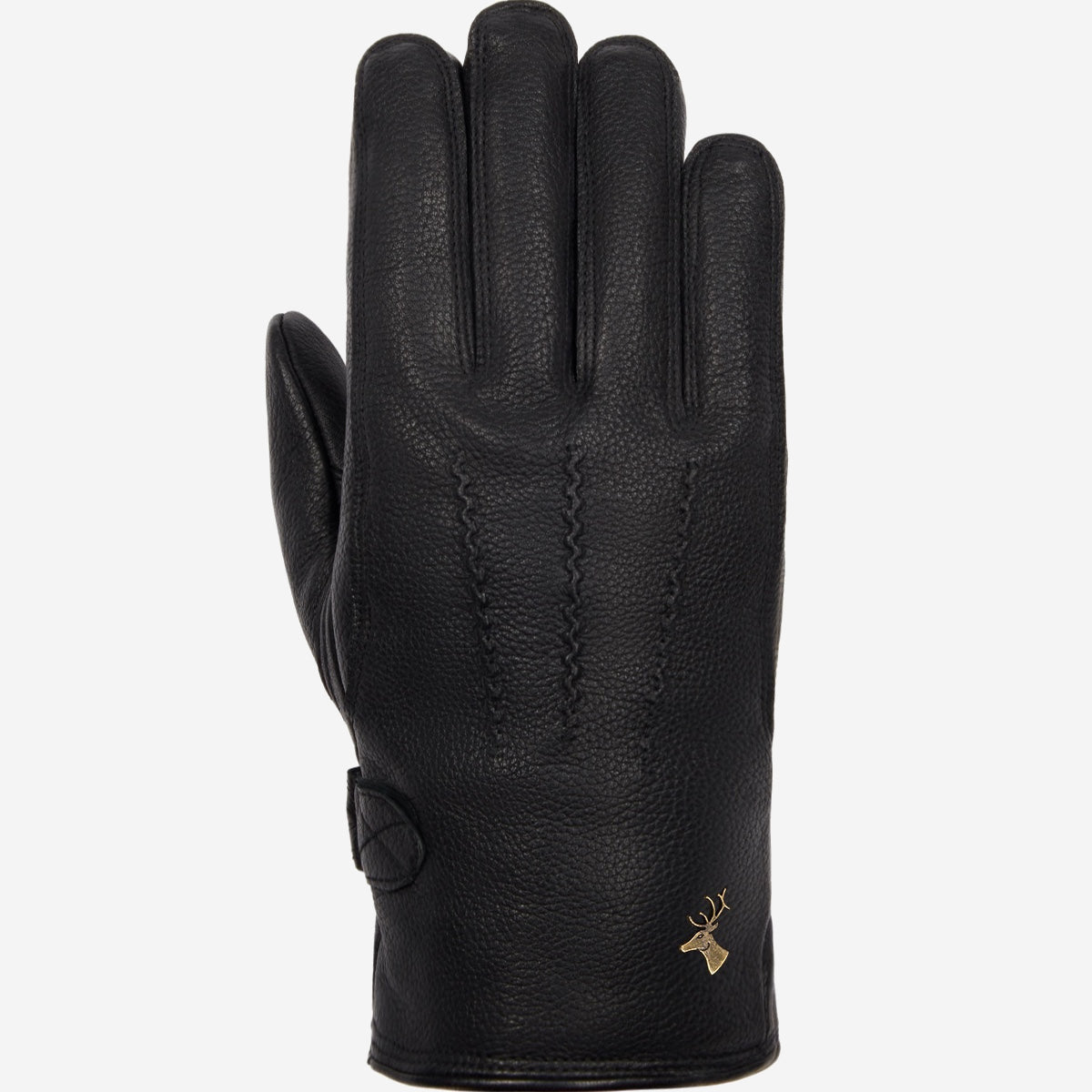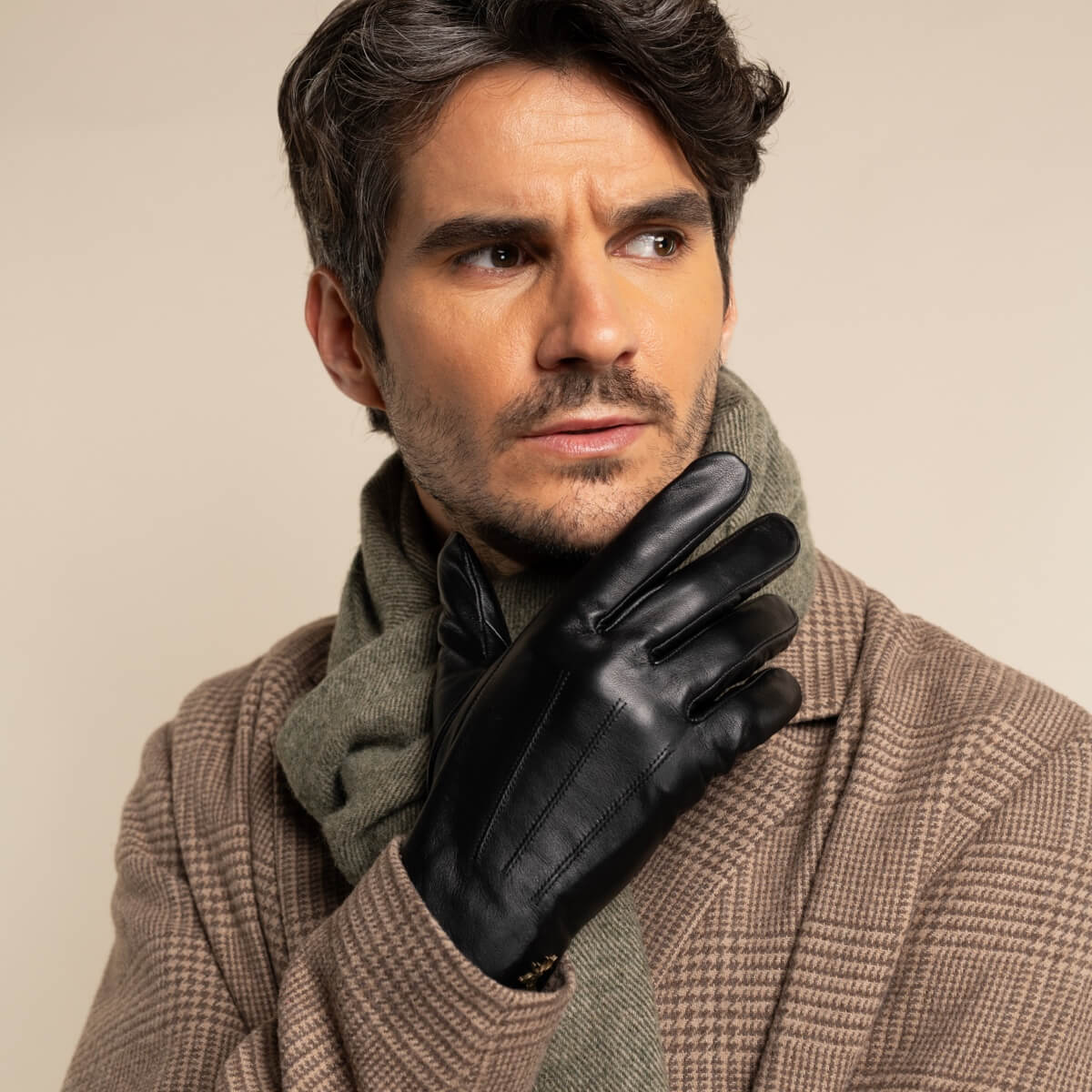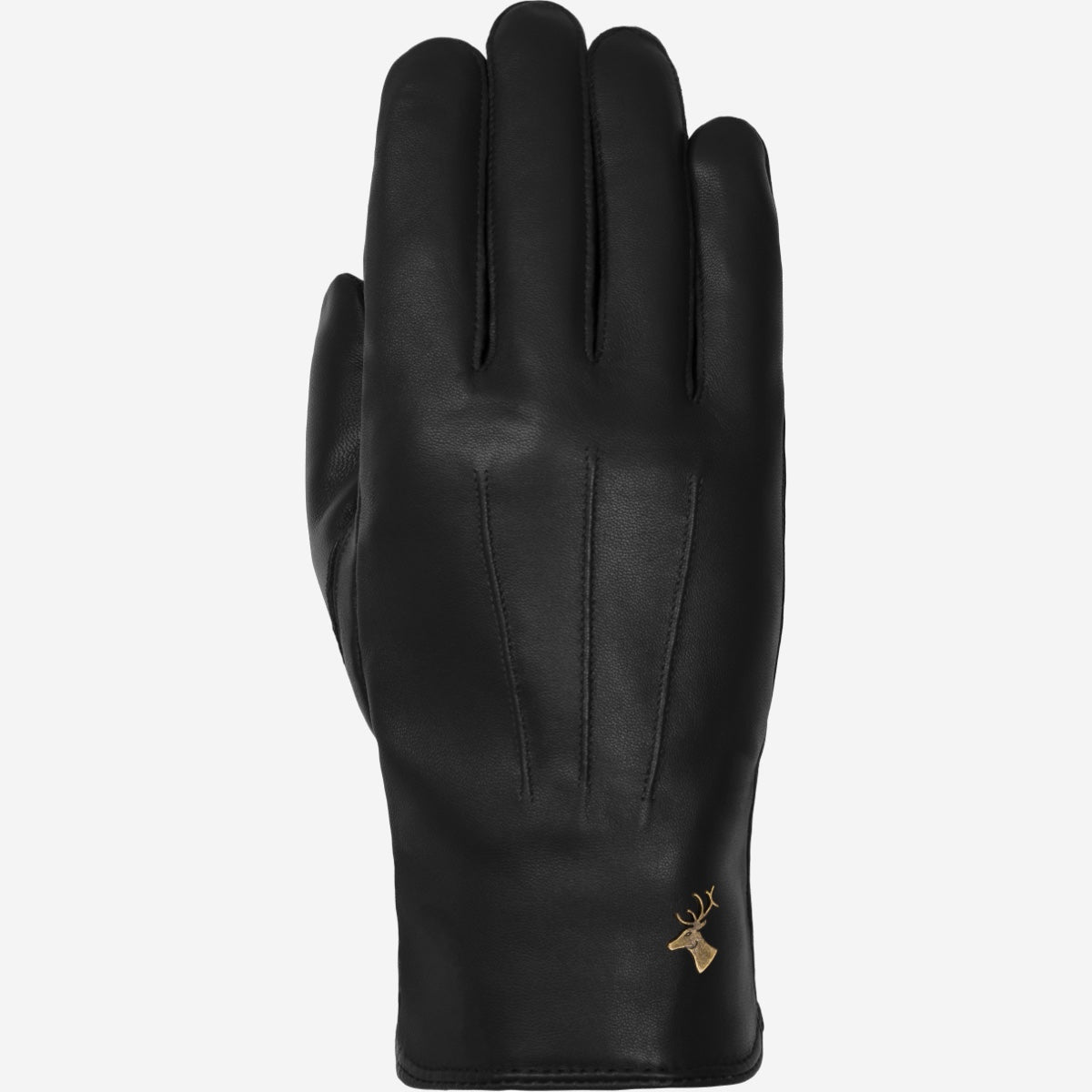Leather gloves have been a staple of winter wear for centuries, known not just for their durability and elegance, but also for their ability to keep hands warm in cold conditions. But just how warm are leather gloves, and what makes them so effective at combating the chill? This article delves into the science behind leather warmth, the factors that affect how well leather gloves can keep your hands toasty, and how to choose and care for them.
The Science Behind Leather Warmth
Leather, being a natural material, has unique properties that make it an excellent insulator. It's the structure of leather, dense yet porous, that traps heat close to the skin while blocking out cold air and wind. Moreover, leather absorbs moisture, including sweat, which it then slowly releases. This helps to maintain a stable temperature inside the glove, keeping your hands warm but not overly sweaty.
Types of Leather Gloves
Not all leather gloves are created equal when it comes to warmth. The type of leather, from cowhide to deerskin to lambskin, affects the glove's feel, flexibility, and thermal properties. Deerskin and lambskin leather gloves, for example, are prized for their softness and are often used in high-end gloves for their superior warmth and comfort.
Lined vs. Unlined Leather Gloves
A significant factor in the warmth of leather gloves is whether they are lined or unlined. Lined gloves typically feature a layer of material—such as wool, fleece, or synthetic insulators—that adds extra warmth. Unlined gloves, while offering more dexterity, provide less insulation and are better suited for milder conditions.
Factors Affecting Leather Gloves Warmth
Several aspects determine how warm a pair of leather gloves can be. The thickness of the leather, the glove's fit, and the type of insulation all play crucial roles.
- The Role of Thickness in Warmth: Thicker leather provides better insulation, making it ideal for colder climates. However, it can also reduce flexibility.
- Importance of a Proper Fit: A glove that fits snugly will be warmer than one that is too loose. A tight fit minimizes air movement inside the glove, reducing heat loss.
- Insulation Materials: The choice of lining material significantly impacts the glove's warmth. Materials like Thinsulate, wool, and cashmere are popular for their excellent insulating properties.
Leather Gloves in Extreme Conditions
In extremely cold environments, the warmth of leather gloves can be enhanced with features like windproofing and waterproofing. These additions help to protect against the elements, keeping hands warm and dry even in snow or rain.
Care and Maintenance for Optimal Warmth
Proper care and maintenance are essential for maximizing the warmth and lifespan of leather gloves. Regular cleaning and conditioning help to preserve the leather's natural qualities, while proper storage prevents the leather from drying out or cracking, which can affect its insulating properties.
The Best Leather Gloves for Winter
Among the many brands and models known for their exceptional warmth and quality, we at Schwartz & von Halen set ourselves apart by offering the finest leather gloves designed to keep your hands warm. Our gloves are crafted from premium-quality leather and are lined with a soft, insulating material, making them perfect for winter wear. When choosing gloves, it's important to us that they not only fit well but also provide the necessary level of warmth for your specific climate and activities. We ensure that our gloves meet these standards, offering unparalleled comfort and warmth.
Conclusion
Leather gloves are more than just a fashion statement; they're a practical choice for keeping hands warm in cold weather. The warmth of leather gloves depends on the type of leather, the presence and type of lining, and how well they fit. Proper care can extend their life and effectiveness, making them a worthwhile investment for anyone looking to stay warm during the winter months.
FAQs
-
Can leather gloves be waterproofed?
Yes, leather gloves can be treated with waterproofing sprays or waxes designed specifically for leather. These treatments help to repel water and prevent the leather from becoming soaked, which is crucial for maintaining warmth in wet conditions. It's important to follow the product instructions carefully and to test on a small, inconspicuous area first to ensure it does not alter the appearance of the leather. -
How often should I condition my leather gloves?
Conditioning frequency depends on how often the gloves are used and the conditions they're exposed to. As a general rule, conditioning your leather gloves once or twice a year should suffice to keep the leather supple and prevent drying or cracking. If you live in a particularly dry climate or use your gloves frequently in harsh conditions, you may need to condition them more often. -
Are thicker leather gloves always warmer?
While thicker leather gloves generally offer better insulation and thus more warmth than thinner ones, the warmth of a glove also depends on other factors like the type of lining and how well they fit. Gloves with high-quality insulation can be just as warm or warmer than thicker leather gloves without such lining. -
Can I repair damaged leather gloves to restore their warmth?
Yes, damaged leather gloves can often be repaired to restore their warmth. Small tears or holes can be patched, and worn linings can be replaced. However, the feasibility of repair depends on the extent of the damage. For significant wear or structural damage, it might be more practical to invest in a new pair of gloves. -
How do I choose the right size for leather gloves to ensure they're warm?
Choosing the right size is crucial for warmth. Gloves should fit snugly without being too tight. A glove that is too loose will allow warm air to escape and cold air to enter, reducing its effectiveness. Conversely, gloves that are too tight can restrict circulation, leading to colder hands. Measure your hand according to the manufacturer's instructions and consult their sizing chart to ensure the best fit.





